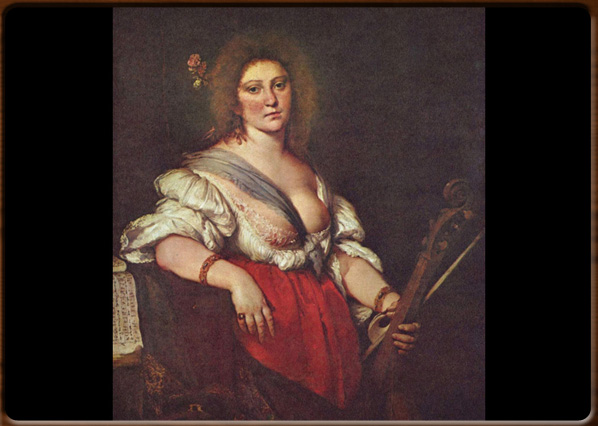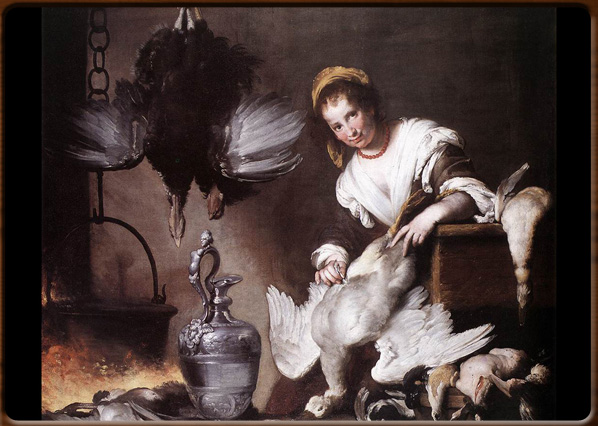
Portrait of Barbara Strozzi, Bernardo Strozzi, 1630-40, Gemäldegalerie, Dresda.

The cook, Bernardo Strozzi, 1625, Galleria di Palazzo Rosso, Genoa.


No video
Bernardo Strozzi (Genoa, 1581 – Venice, 1644), also known as “Cappuccino Genovese”, was a painter working in the 17th Century, initially in Genoa and then in Venice.
He learnt his craft in the complex, stimulating artistic environment in Genoa. Indeed, Genoa became one of the most cities in Europe in the late 1500s, attracting men of genius from all over the continent, such as Rubens, Caravaggio and Van Dyck.
Strozzi’s style benefitted from this and shows his myriad different interests, converging in an exuberant Baroque language, as can be seen in his frescos in Palazzo Doria and Palazzo Centurione in Genoa.
Strozzi moved to Venice in 1630 and continued to live there until his death in 1644. There he refined his use of colour, bringing his work into line with the major painters of the century.
His Venetian works are now in Venice and all over the world: Federico Correr (Correr Museum, Venice); Alvise Grimani (National Gallery of Art, Washington); Lute Player (Kunsthistorisches Museum, Vienna); Alms-giving of St. Lorenzo (Chiesa dei Tolentini, Venice); Christ of the Coin (Gallerie degli Uffizi, Florence); St. Jerome (Gallerie dell’Accademia, Venice); Rape of Europa (Poznań National Museum); Allegory of Sculpture (Libreria Marciana, Venice).
1600 - 1700 - - rev. 0.1.5